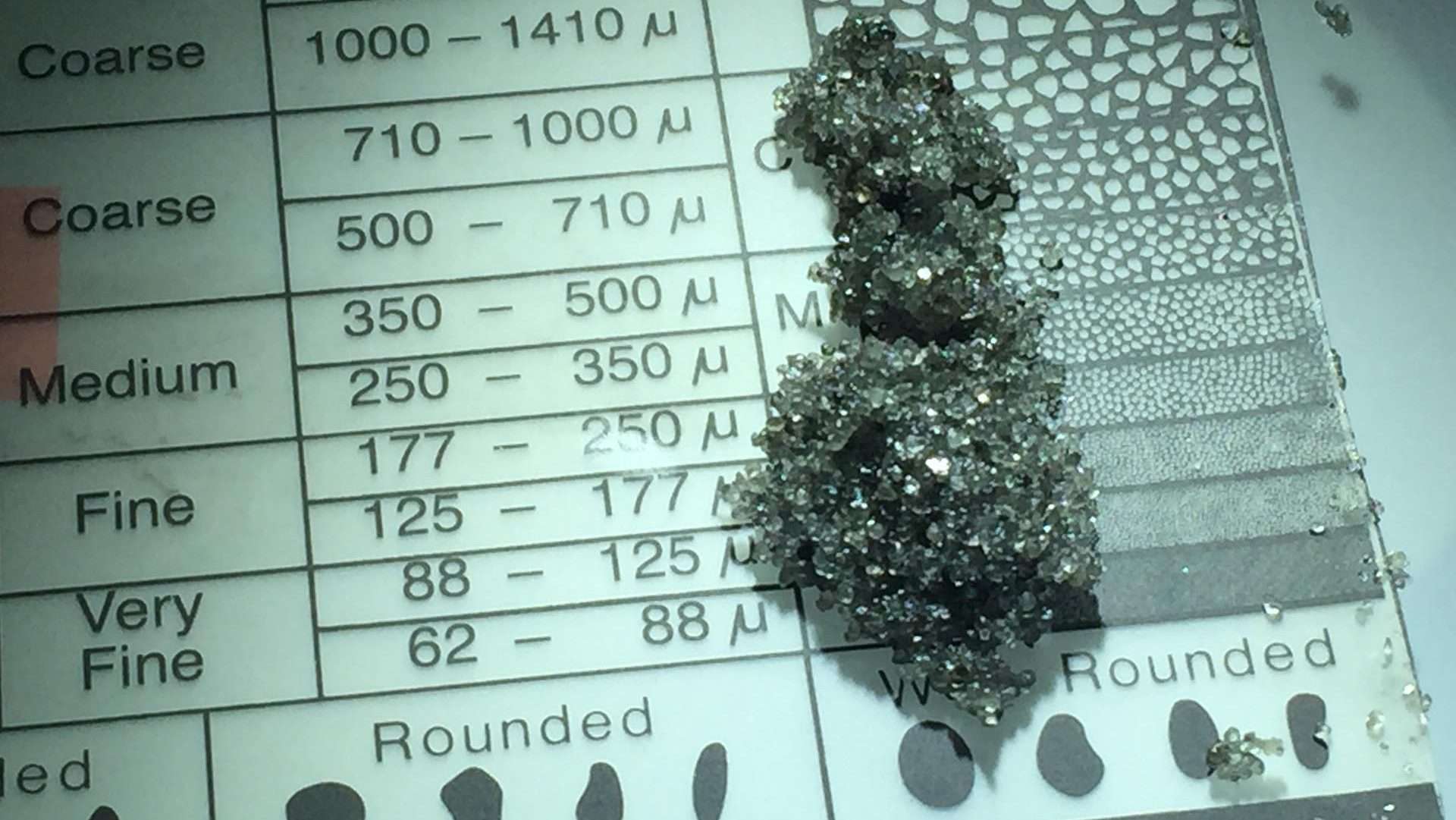Abstract
radial resistivity away from the wellbore. The deep- reading induction resistivity is focused to respond primarily to a zone about 1.5 m into the formation. Of course, the deep-induction response function causes the measurement to respond to conductivity changes from zones closer to and further away from the tool’s 1.5-m depth of investigation. If a horizontal well enters a relatively homogeneous formation with a predominant resistivity contrast, such as a bed boundary or an oil/water contact, any influence on the deep resistivity measurement is caused primarily by the proximity of the wellbore to the predominant resistivity contrast. By modeling the horizontal induction response and comparing it with the measured values, we are able to predict the distance from the wellbore to either a bed boundary or an oil/water contact. The results presented from a western Canadian well clearly show that this technique is a useful addition to the evaluation of resistivity logs in horizontal wells.



